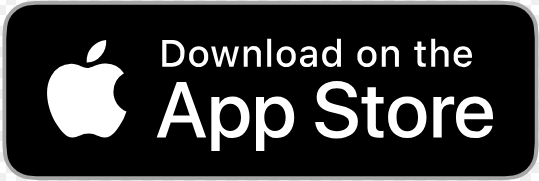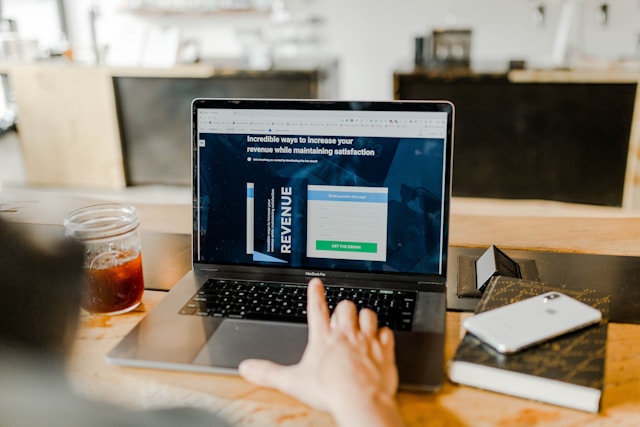Expense Tracking for Small Businesses: How to Improve Cash Flow
Managing a small business is exciting, but it comes with unique financial challenges. One of the most critical aspects of running a successful business is keeping track of expenses. Without proper expense tracking, small business owners risk losing money, mismanaging cash flow, and making poor financial decisions.
This is why expense tracking for small businesses is not optional—it is essential. Using proper tools, like ProInvoice, you can easily monitor spending, categorize expenses, and ensure that your business stays profitable. Additionally, you can sign up for free or manage your finances on the go with the mobile app.
In this guide, we’ll explore how to track business expenses effectively, the benefits of doing so, and how it can improve your cash flow.
Why Expense Tracking Matters for Small Businesses
Tracking expenses is crucial because it provides visibility into where your money is going. Without this insight, small business owners may:
- Overspend on unnecessary items
- Fail to identify cost-saving opportunities
- Struggle to pay bills on time
- Experience cash flow problems
Effective expense tracking for small businesses allows you to make informed decisions, plan budgets accurately, and avoid financial pitfalls.
Moreover, it helps during tax season by organizing all deductible expenses in one place. Using tools like ProInvoice ensures every expense is documented and easy to report.
Stay organized as you grow. Use ProInvoice to manage billing and client relationships with ease.
Step 1: Categorize Your Expenses
The first step in expense tracking is categorization. Break down expenses into specific groups:
- Fixed Costs: Rent, salaries, insurance
- Variable Costs: Utilities, materials, marketing
- One-time Costs: Equipment purchases, software
- Recurring Subscriptions: SaaS tools, memberships
By categorizing expenses, you’ll quickly see where most of your money is going. Platforms like ProInvoice allow you to attach invoices to each category, making the tracking process seamless.
Step 2: Use an Automated Invoicing Tool
Manual tracking is time-consuming and error-prone. Automated invoicing and expense tracking tools reduce mistakes and save time. With ProInvoice, small business owners can:
- Record expenses alongside invoices
- Track payments received and outstanding
- Generate monthly and annual reports
- Monitor cash flow trends
Automation also sends reminders for unpaid invoices, ensuring your cash flow is steady. You can sign up for free and start automating your expense tracking today.
Stay organized as you grow. Use ProInvoice to manage billing and client relationships with ease.
Step 3: Regularly Review Your Expenses
Tracking expenses isn’t enough—you must review them regularly. Set aside time weekly or monthly to:
- Analyze spending patterns
- Compare budgeted vs actual expenses
- Identify unnecessary spending
- Adjust your cash flow forecasts
Regular review helps you make smarter financial decisions and prevents small issues from becoming big problems. Using the ProInvoice mobile app allows you to check expense reports anywhere, anytime.
Step 4: Separate Personal and Business Expenses
Mixing personal and business finances leads to confusion and inaccurate cash flow reports. Always use separate accounts and ensure every expense is linked to the business.
Digital invoicing and tracking tools like ProInvoice help you categorize business expenses correctly while keeping personal spending out of the records.
Step 5: Track Recurring and Subscriptions
Recurring expenses such as software subscriptions, SaaS tools, and utilities can add up quickly. By tracking these, you can:
- Avoid unnecessary subscriptions
- Optimize recurring payments
- Negotiate better terms
ProInvoice allows you to attach invoices and set reminders for recurring payments, ensuring nothing slips through the cracks.
Step 6: Implement Cash Flow Forecasting
Expense tracking isn’t just about recording past spending—it’s also about planning future cash flow. Forecasting helps you:
- Prepare for upcoming bills
- Avoid overdrafts
- Identify peak income and expense months
- Plan investments in growth
With accurate expense tracking for small businesses, forecasting becomes more reliable. Tools like ProInvoice allow you to generate visual reports that help predict future cash flow trends.
Click to download the Proinvoice mobile app now to manage your invoices anytime, anywhere with ease!
Step 7: Monitor Late Payments and Outstanding Invoices
Late payments can harm cash flow even if expenses are under control. Monitor client payments closely:
- Set up automated reminders
- Track overdue invoices
- Keep a clear record of received and pending payments
ProInvoice integrates invoice tracking with expense monitoring, so you can see exactly how outstanding payments affect your cash flow.
Step 8: Use Mobile Apps for Real-Time Tracking
Small business owners are often on the move. Using a mobile app for expense tracking ensures you never miss an entry:
- Snap receipts and upload them immediately
- Categorize expenses instantly
- Track mileage or travel costs on the go
The ProInvoice mobile app makes real-time tracking simple and efficient.
Step 9: Generate Reports and Analyze Trends
Once you have consistent records, generate reports to analyze trends:
- Identify areas to cut costs
- Detect seasonal spikes in spending
- Evaluate profitability per client or project
- Plan for growth and investments
Reports also help with tax filing, showing clear documentation for deductions. ProInvoice provides ready-to-use reports to simplify this process.
Step 10: Benefits of Effective Expense Tracking
When done correctly, expense tracking for small businesses provides multiple benefits:
- Improved cash flow management
- Reduced unnecessary spending
- Accurate financial records for taxes
- Faster decision-making
- Increased profitability
Moreover, it builds a foundation for sustainable business growth. Combining expense tracking with automated invoicing ensures efficiency and professionalism.
Conclusion
Tracking expenses is essential for any small business. Without it, cash flow suffers, financial decisions become guesswork, and growth opportunities may be missed.
By following these steps—categorizing expenses, using automated tools, separating personal from business spending, monitoring recurring payments, and reviewing reports—you can maintain financial control and improve cash flow.
ProInvoice offers the ideal platform to combine expense tracking with professional invoicing. You can sign up free, generate invoices instantly with the Free Invoice Generator, and manage your finances from anywhere using the mobile app.
Start tracking your business expenses today and secure a healthier cash flow for your small business.
Stay organized as you grow. Use ProInvoice to manage billing and client relationships with ease.














